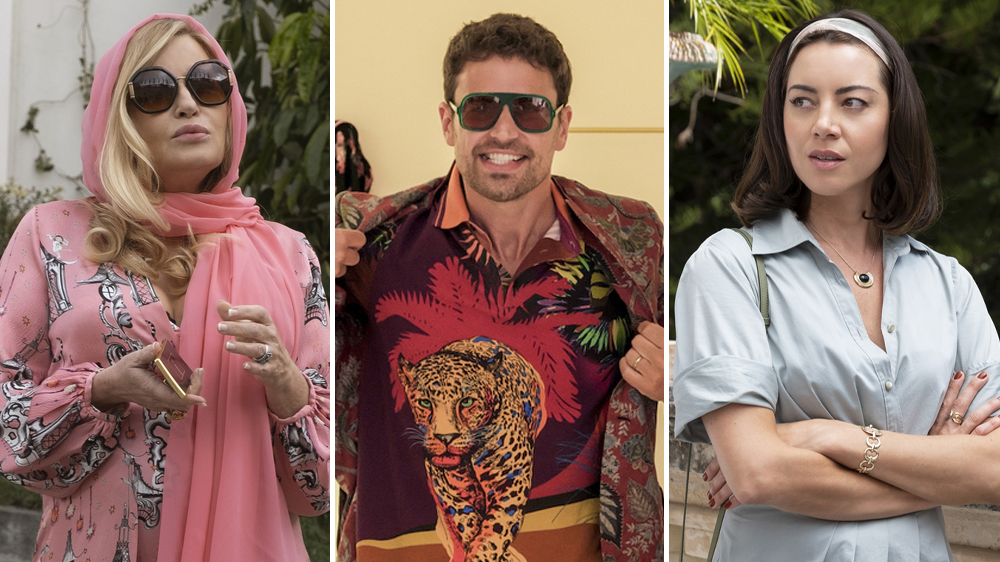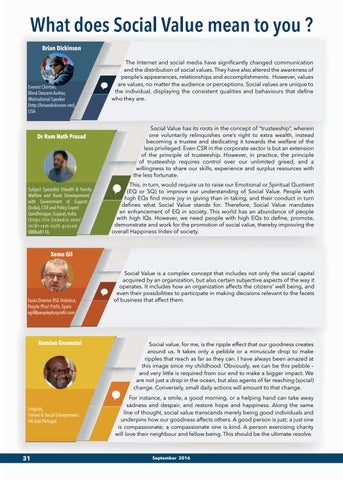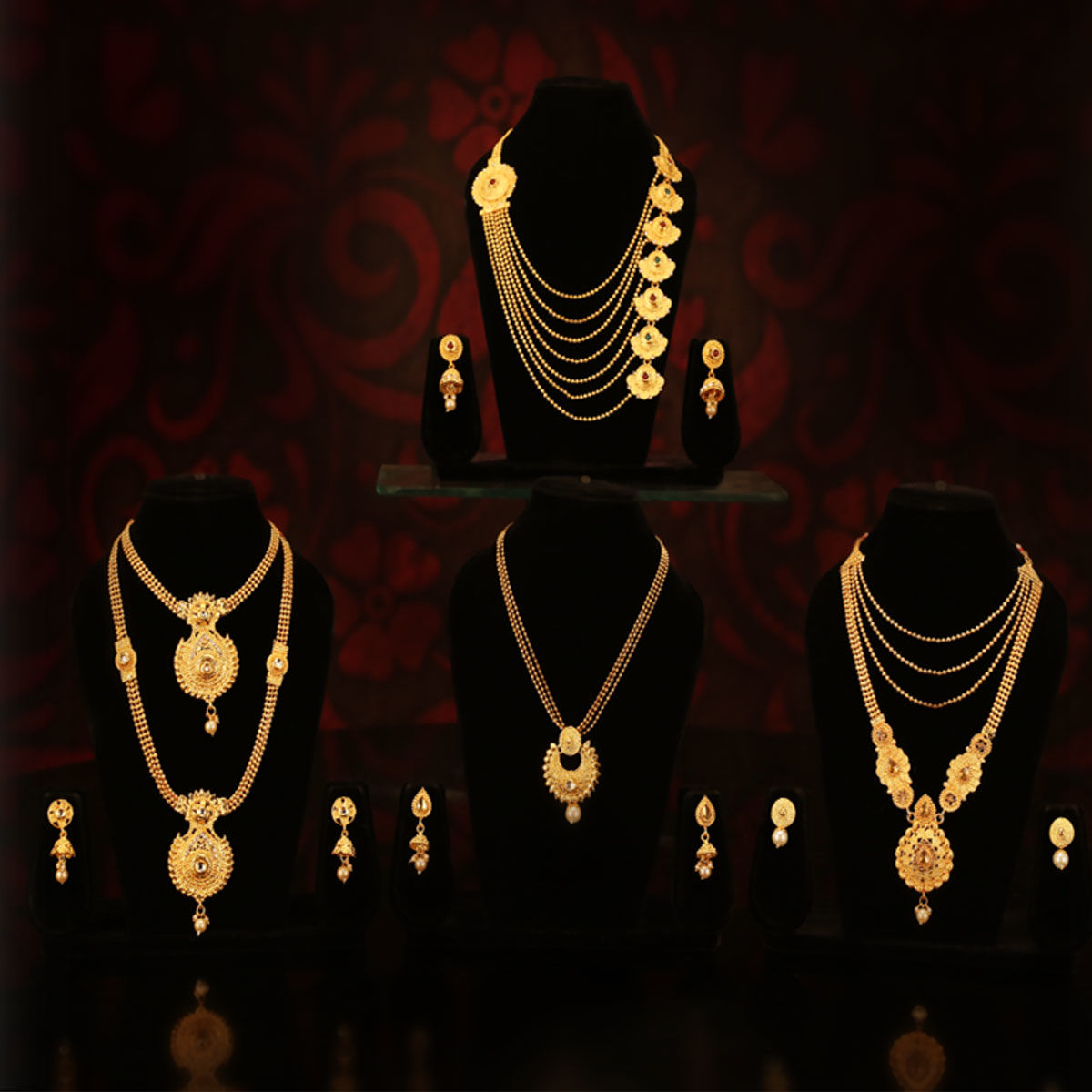
Are you keeping up with The White Lotus season three? I’m looking forward to the 90-minute finale this Sunday. This week, I had the pleasure of chatting with Alex Bovaird, the talented costume designer for all three seasons, about Parker Posey, boat shoes, and a lot of sweat…
Your job sounds fantastic! But every role has its challenges, often behind the scenes. What’s a difficult situation you encountered?
The sweat. People either sweat a lot or they don’t, and if you’re a heavy sweater, Thailand is going to challenge you. Walton Goggins, who portrays Rick, was quite the sweater. We brought Thompson Tees from the U.S. to absorb everyone’s sweat; we cut the necks so they wouldn’t be visible under the clothing. The armpit fabric is reminiscent of a sanitary towel — not pleasant!
What about Tim Ratliff? He seems to have a somewhat sweaty persona.
Tim was completely dry; we had to apply costume sweat.
My British grandfather always remarked that men sweat and women shimmer.
The women had ice packs; Parker [Posey] kept one between her thighs nearly all the time.
Was it enjoyable to style Parker Posey’s character, the Southern matriarch Victoria Ratliff?
Absolutely! We realized she and Timothy would frequently open and close her bag for the Lorazepam, so we needed the ideal chic bag — the Gucci one with the bamboo handle is timeless and suits everything. Ideally, it would appear a bit worn, but since I borrowed bags from the brands, I must return them.
I adore Piper’s dresses. She wears at least three from Ciao Lucia. Was that a deliberate choice, considering she’s a recent college grad who might adhere to a favorite brand?
We just happened upon a collection that captured the right essence. Ciao Lucia dresses are whimsical, and Piper carries an ethereal vibe — or at least believes she does. The dresses can be styled to feel sexy, but given Piper’s height, their lengths seemed modest.
What about the boys? Saxon is quite… that guy.
As a costume designer, you aim to play into stereotypes just a bit, so the audience can think, oh, I recognize this character. Particularly in the arrivals episode, we amplified that notion. My husband and I reside in the South, and there are brands I’ve only encountered there, like Southern Tide. We also outfitted Saxon in Polo and Brooks Brothers. Our goal was to make him cheesy — more like an actual dad than ‘dadcore.’
That’s quite funny.
But we strive not to overdo it. After the first episode, I thought, let’s eliminate one element — the sunglasses Croakies and the boat shoes. We don’t want to be Zoolander. We aim for satire, not a comedy.
Honestly, Saxon really grew on me. By the seventh episode, he almost feels sweet.
He has an arc, so his outfits become gradually cuter; that was intentional. We thought, Wow, you’re actually looking kind of handsome.
What about Belinda? I adored her pink caftan adorned with green leaves and fish.
Belinda enjoys a good flow. Having never been a guest at the White Lotus, she aspires to fit in as much as possible. She doesn’t want to be viewed as unfortunate Belinda. She seeks to embody Cinderella.
The three female friends are always seen together. How did you differentiate between them?
At the outset, they’re all just stylish girls. However, as the season develops, it becomes apparent that Laurie exudes more confidence. When she ventures out for the day, she opts for loose travel pants, a small backpack, and a nerdy hat. Kate appears more prim. And Jaclyn, being the actress, craves attention.
Can you provide an example of how those traits are reflected in their costumes?
After their big night out, Laurie sheds her clothes and leaps into the pool. Jaclyn emerges in an exceptionally extravagant leopard-print suit with a robe — she orchestrates a grand, look-at-me moment. Kate, on the other hand, puts on pajamas and becomes even more dressed.
Among all the characters, whom do you resemble most in terms of dressing?
I’m like an older Chelsea. I’m British, she’s British; there’s this eccentric way of mixing things up that Brits often possess. For her character, we sourced secondhand clothing and shortened her dresses.
Have you encountered any unexpected comments about the clothing?
I occasionally sneak a look online while I’m on the loo, but generally, I avoid social media. We embedded many subtle hints in the costume design, though I haven’t seen anyone spot them yet. Perhaps I’ll unveil them post-finale.
If you had a magic wand, what location would you select for White Lotus’s fourth season?
The Swiss Alps. I’d enjoy transitioning guests from bikinis to coats. We could feature European royals clad in sweaters, furs, and earmuffs. A wonderful après-ski vibe would be achievable.
Thank you, Alex! Feel free to follow her on Instagram; she also has a ShopMy page showcasing clothes inspired by each character.
P.S. Check out Q&As with the costume designers from Fleabag, Girls, and Crazy Rich Asians.
**An Interview with the Costume Designer of ‘The White Lotus’: Behind the Seams of HBO’s Stylish Satire**
HBO’s critically acclaimed series *The White Lotus* has captured audiences not only with its sharp social commentary and intriguing drama but also with its stunning visual appeal—particularly the costumes. From tropical resort wear to subtle indicators of wealth and class, the wardrobe selections in the series are anything but incidental. We had a discussion with Alex Bovaird, the costume designer for both seasons of *The White Lotus*, regarding her creative process, the symbolism behind the characters’ attire, and how fashion narrates the story in this darkly comedic series.
**Q: How did you first become connected with *The White Lotus*?**
**Alex Bovaird:** I had collaborated with Mike White [the show’s creator] previously on *Enlightened*, and we had a fruitful partnership. When he contacted me about *The White Lotus*, I was instantly intrigued. The script was witty, humorous, and socially insightful. I understood the costumes could significantly shape the characters and subtly emphasize the themes of the show.
**Q: The show is recognized for its reflections on class and privilege. How do you express that through the costumes?**
**Bovaird:** Costume design is a form of storytelling. In *The White Lotus*, clothing serves as a visual cue to the audience regarding who these individuals are, their backgrounds, and what they treasure. For example, in Season 1, we observe characters like Olivia and Paula donning Gen Z, thrift-store-inspired outfits that suggest a performative sense of consciousness, whereas someone like Nicole is dressed in more structured, high-end resort wear that mirrors her corporate achievements and conventional values.
In Season 2, set in Sicily, we embraced European elegance and sensuality. Characters like Harper (played by Aubrey Plaza) begin in conservatively toned, neutral attire, but as the narrative unfolds and her character relaxes, her wardrobe shifts to become more vibrant and colorful.
**Q: Tanya McQuoid, portrayed by Jennifer Coolidge, has emerged as a fan favorite. Her outfits are especially memorable. What was your strategy for dressing her?**
**Bovaird:** Tanya is such a distinctive character—eccentric, vulnerable, and larger-than-life. Her wardrobe embodies that. In Season 1, we focused on romantic, flowing silhouettes with floral patterns and soft colors, almost as if she’s attempting to exist in a dream. In Season 2, we elevated the drama with bolder pieces—striking prints, statement accessories, and even a pink feathered kaftan. Her attire merges aspiration with a hint of quirkiness, reflecting her emotional state.
**Q: How do you achieve a balance between realism and stylization in a series like this?**
**Bovaird:** That’s always the balancing act. You want the characters to appear genuine, like people you might encounter at a luxury resort. Yet simultaneously, this is a heightened reality, and the costumes need to be visually engaging and support the story. I conduct extensive research—examining holiday photos, fashion blogs, and even celebrity paparazzi shots during vacations. Then I incorporate character-specific elements: what would this person pack? What image do they wish to project?
**Q: Were there particular fashion inspirations or references you drew from?**
**Bovaird:** Absolutely. For Season 2, I drew inspiration from classic Italian cinema—like *La Dolce Vita* and *L’Avventura*—to capture that timeless, Mediterranean elegance. I also looked to fashion houses such as Dolce & Gabbana and Etro, known for their rich, baroque designs. For the younger characters, I monitored contemporary trends—Y2K resurgences, Instagram influencer styles, and even TikTok fashion.
**Q: What’s your favorite costume moment from the series?**
**Bovaird:** That’s a tough choice! I adored dressing Tanya for the opera scene in Season 2. She dons this dramatic, floral gown with a cape—it’s extravagant, theatrical, and utterly Tanya. It’s a crucial moment in the plot, so the costume had to convey emotional significance.
**Q: What interpretation do you hope viewers have of the costumes while watching the show?**
**Bovaird:** I hope they perceive the depth. On the surface, the clothing is stunning and aspirational, but a closer look uncovers a lot about the characters’ doubts, yearnings, and contradictions. Fashion acts as armor, and in *The White Lotus*, everyone is donning some form of mask. The costumes aid in revealing those layers.
**Conclusion**
Alex Bovaird’s contributions to *The White Lotus* exemplify a masterclass in character-driven costume design. Through deliberate choices and meticulous attention to detail, she adds depth and nuance to a show that is already rich in satire.



